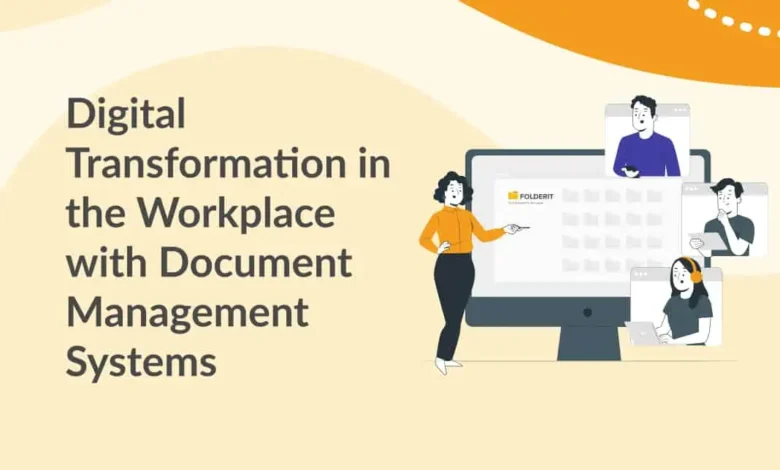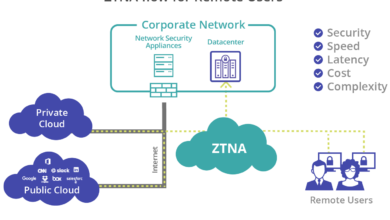The Role of Document Processing in Digital Transformation Initiatives

The global Intelligent Document Processing (IDP) market may see a significant increase in the growth rate during the projection period between 2024 and 2031. The 2023 market has a regular growth rate, and the leading players’ increased application of strategies will likely increase the market size at the end of the period. The global Intelligent Document Processing (IDP) market size was valued at USD 950.0 million in 2021 and is remarkably anticipated to cover a CAGR of 35.19% during the forecast period to become USD 5800.0 million by 2031. IDPs increasing popularity is portrayed by this explosive growth, which highlights its critical role. Firstly, what is the IDP? What is the role it is playing in the shift of business operations?
Document Processing includes data capture, extraction, classification, and storage, which has moved from manual to automated with artificial intelligence and machine learning. Outsourcing of document processing is emerging as a strategic solution for businesses, which is meant to improve their internal efficiency and help them concentrate on their core competence.
The Evolution of IDP
First and foremost, it is critical to discuss business documentation and several time-consuming and costly issues:
- Wide range of layouts (documents feature tables, graphics, distinct parts, and more significant data variation, making automation more difficult)
- Low image resolution or scanning quality (documents have a wide range of noise that might originate from scanning documents, capturing images, or just low-quality PDFs)
- Paper documents can contain important handwritten details.
- Some documents (legal and financial) necessitate thoroughly comprehending the subject.
- Manual document processing could be faster and often involves repetitive operations.
Some of these challenges were solved using Optical Character Recognition (OCR). The technology of OCR, employed by numerous businesses globally, is subjected to benefit restrictions due to its template-based format and inability to read unstructured data such as handwriting. Its failure to pinpoint context from content, in turn, makes it inappropriate to serve as an automated end-to-end process. In reply, IDP started in the early 2000s by employing OCR, which enables AI, ML, and DL to read text images and convert them into readable form. Such data can be fed into bug-tracking routines to make the IDP more popular.
How Does Document Processing Work?
- The primary step of converting documents to digital is scanning or capturing documents in digital mode. It is possible to do it with the help of scanning paper documents and importing electronic document files (e.g., PDFs and pictures).
- IDP extracts data from captured documents utilizing OCR and NLP Technology. OCR technology recognizes and extracts text characters, AI uses NLP algorithms to determine the meaning of the extracted data by analyzing context and language.
- IDP shows how machine learning and AI algorithms can analyze documents and classify them according to the content, the format, and many other factors. This division of documents enables quick routing to the correctly specified department or the corresponding flow for further processing.
- Following data extraction, which IDP does, data is organized into many outputs, including databases, spreadsheets, and application programs. Data can be grouped and easily connected to the downstream systems or utilized for other purposes, such as analysis and decision-making.
Industries using IDP
While IDP technology may have different potential use cases for healthcare, retail, financial services, and government, they are all preventative, bringing digital transformation and operational optimization. The industrial sphere, which covers, among others, law, logistics, insurance, and education, may also benefit from IDP by accelerating document processing, reducing personnel and time costs, and attaining their purposes. The unique living styles and needs of these aggregates are not the same. For instance, one group might emphasize the importance of effectiveness and cost reductions, whereas the other might consider information compliance and security as priorities.
How Tech2Globe Can Help?
Electing the most appropriate document processing solution can sometimes be a headache. That’s where Tech2Globe stepped into the picture, offering the following benefits:
- Automated document capture and classification.
- Intelligent data extraction by using an IDP.
- Safe storage, as well as efficient retrieval.
- Integration to your legacy systems.
- Personalized solutions to perfectly match your requirements.
Tech2Globe’s expertise extends beyond document processing services. They are also a certified Amazon PPC service company. If you’re looking to boost your online sales alongside streamlining your document management, Tech2Globe can be your one-stop shop! Contact them today at
Info@tech2globe.com or give them a call!
Conclusion
Eventually, processing the documents is one of the critical elements steering the digital transformation agenda in multiple industries. This technology is not only promising but also has unlimited prospects. Thanks to machine learning, NLP, and user experience improvements, IDP helps enterprises speed up procedures and reduce costs while allowing these businesses to benefit from the large amount of information in documents. Such trends will steer forward the innovative side of IDP – the processing and analysis of documents, regardless of their size and format.



